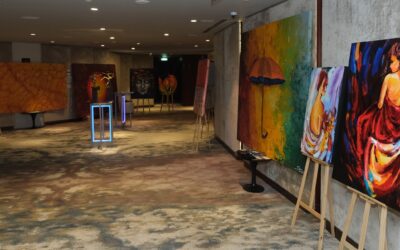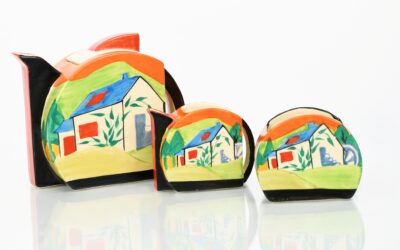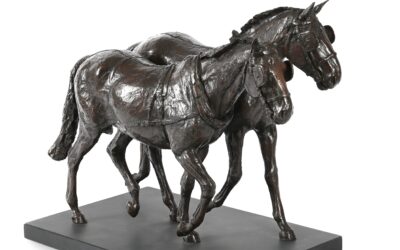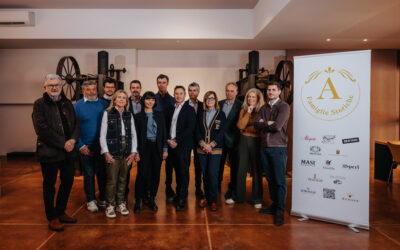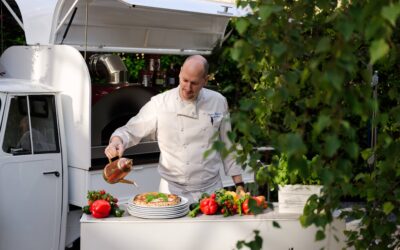John’s work engages in the discourses around post humanism, socio-politics and global warming. His work invents a fictional space using it to reflect on our current world. His work is an investigation of our decisions as autonomous beings as well as in the context of a collective being. Reflecting on our behavior, it affects the world that we live in and what would it mean in the future.
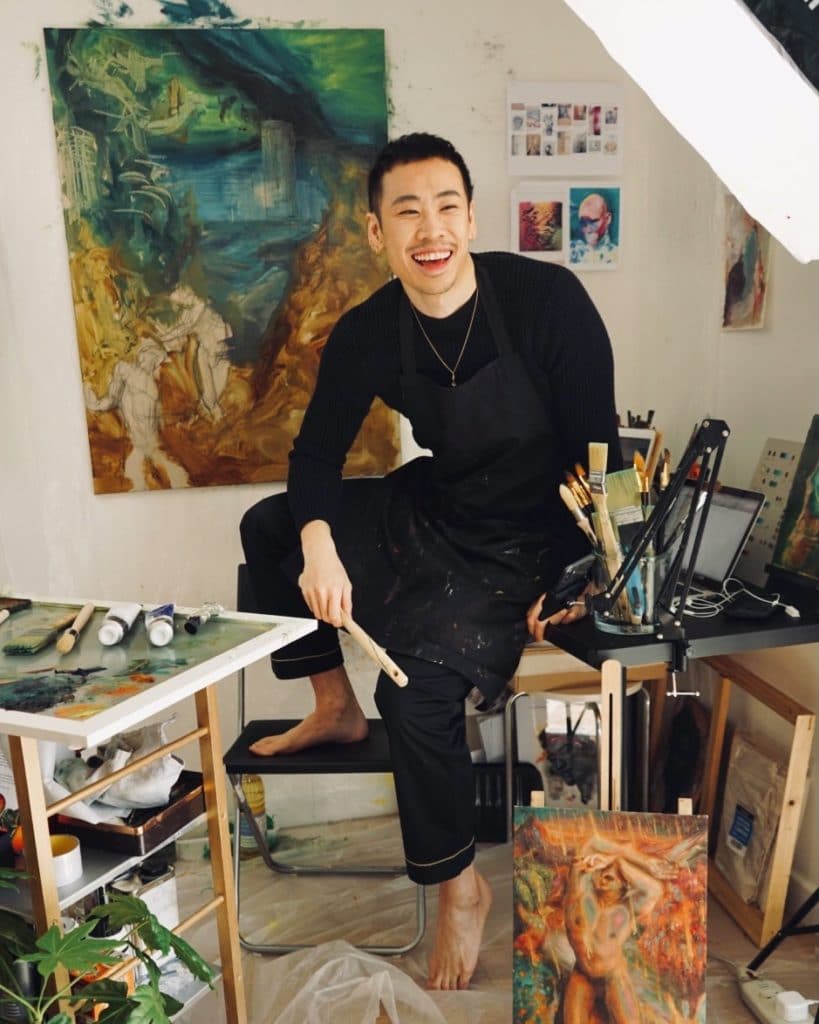
What’s your artistic background?
I studied at Chelsea College of art in London and have a BA in Fine Art. I worked mostly in painting, digital art and performance art.
What’s integral to the work of an artist?
I could only speak for myself but I think the integral part for me is that the work must have a sense of soulfulness to it. It needs to reflect on the times that we live in and challenge our concept of reality.
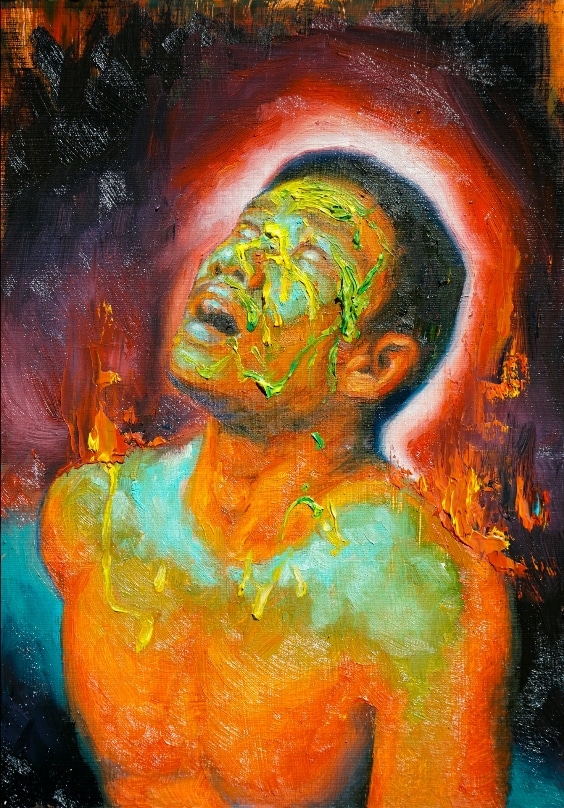
I think majority of what we call art nowadays has been operating in an autonomous space for a long time. Art created a language for itself, which is beautiful. Though what this means is that art that follows often relies on that established language and not asking questions about the language and disrupting the inner workings within that language. I feel like it is not enough to just make things that work or are just beautiful. I think our era calls for art that disrupts our thoughts and makes us see the world differently.
What role does the artist have in society?
This ties in perfectly with the last question. I believe the artist has to look at things in the world that are often undermined and disturbing. It is our job to bring out these unconscious thoughts the viewers have to their consciousness and question and challenges those thoughts.
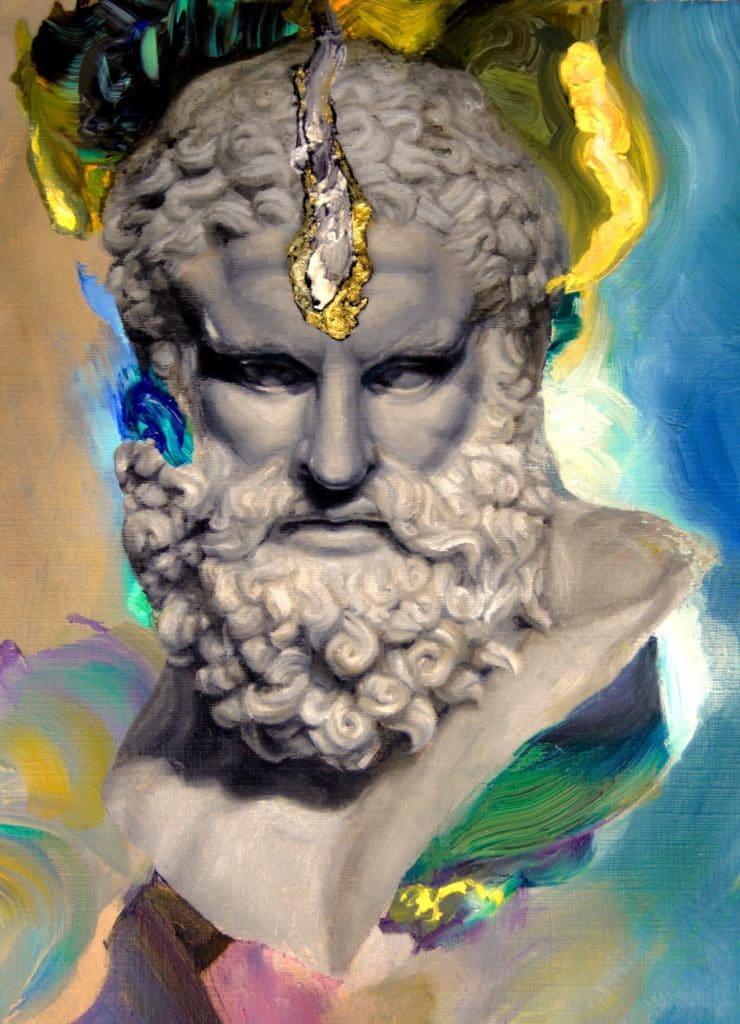
I think we are in the process of figuring out what to do with life in the post-industrialist era. The ideal model of life is now gone and we find ourselves in this peculiar stage where being a human in this world is in question again. It is an artist’s job to attempt to explore the boundaries and seek to communicate those ideas.
What art do you most identify with?
Art that challenges my ideologies and makes me feel uncomfortable. I’ve liked leaving an exhibition feeling I’m having an identity crisis, because I always learn so much more about myself and how I think and see. Those moments don’t happen often and those experiences enrich my life with values and meanings.
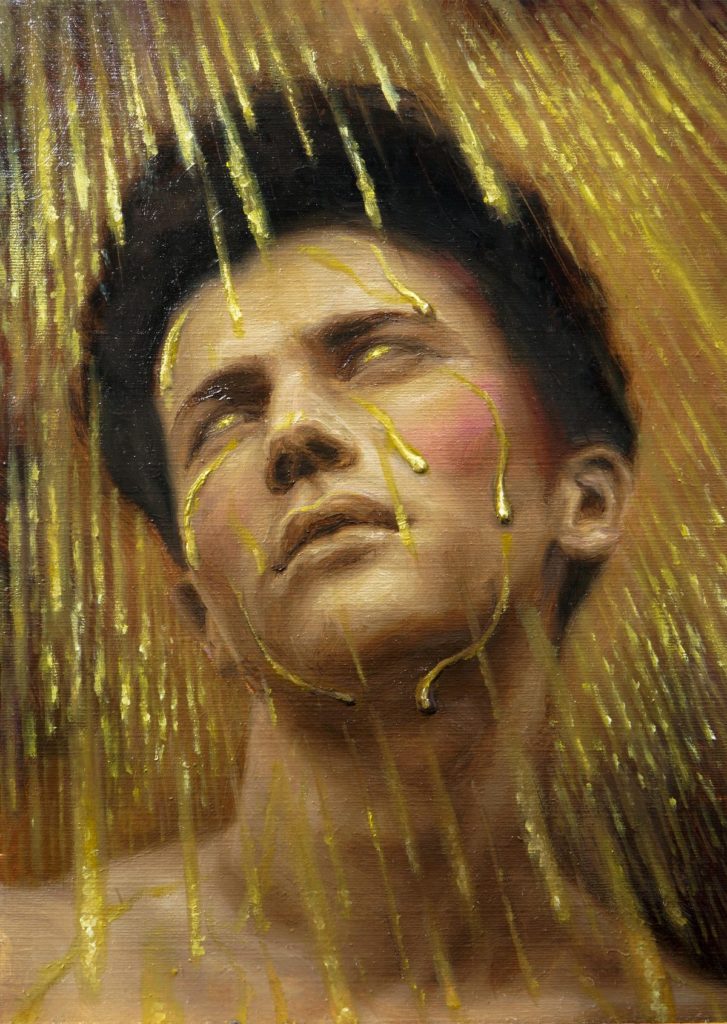
What themes do you pursue?
I think my art can be described as speculative art but at the same time it is inspired and stems from how I see reality and today’s society. My work deals with all the problems that we as human are facing on many levels. I tend to incorporate my point of view on technology, our relationship with the environment and with each other in the world and seek to ask questions about these matters.
What’s your favourite art work?
Not sure if I have a favourite but lately I have been looking at Adrian Ghenie work. He has a very strategic but initiative way of using colours and texture. The visual impact is immediate and there seems to be a narrative to his work that reflects on our time.
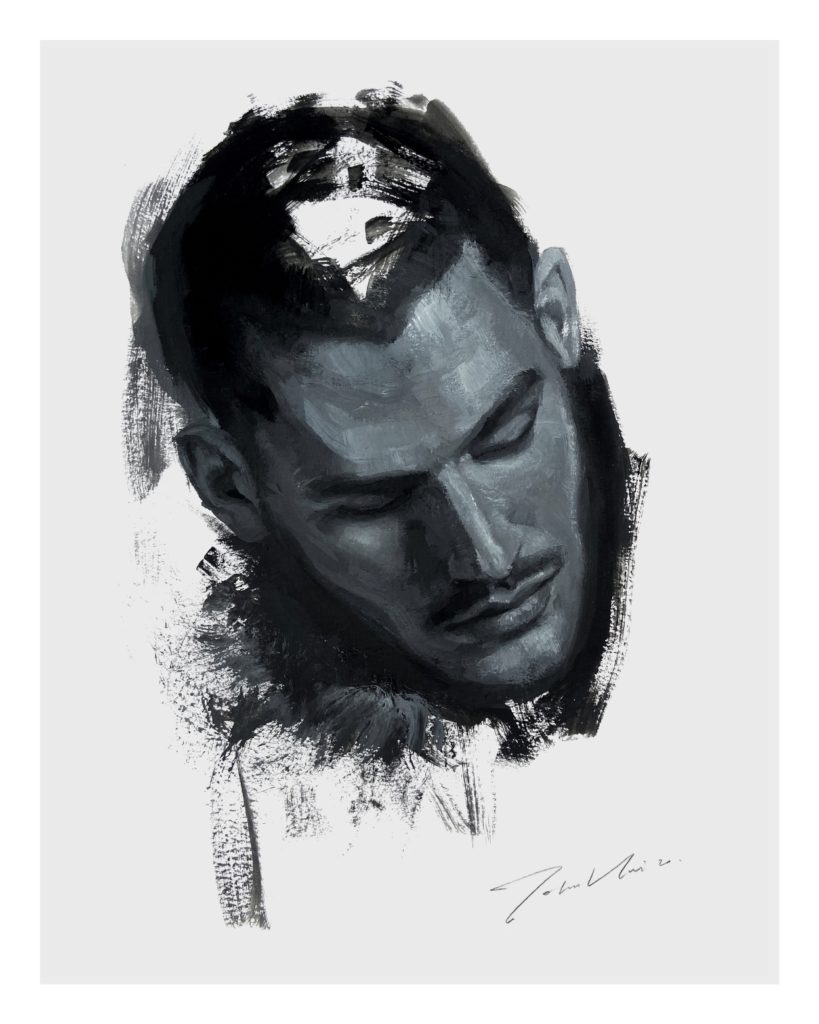
Describe a real-life situation that inspired you?
I started my YouTube channel recently and the wonderful messages I have been getting have really given me a boost to make more and better work. It made me realize that I’m in this to inspire other people and make an impact, and hopefully a positive one.
What jobs have you done other than being an artist?
I worked as a project coordinator at art galleries and I was also a graphic designer for 3 years. I have had the opportunity to travel around the world with the last job and learn things about other cultures and all walks of life. It’s a beautiful moment when I realized that everyone just wanted to do things that matters and be loved and respected. That’s the energy I’d like to channel in every work that I make.
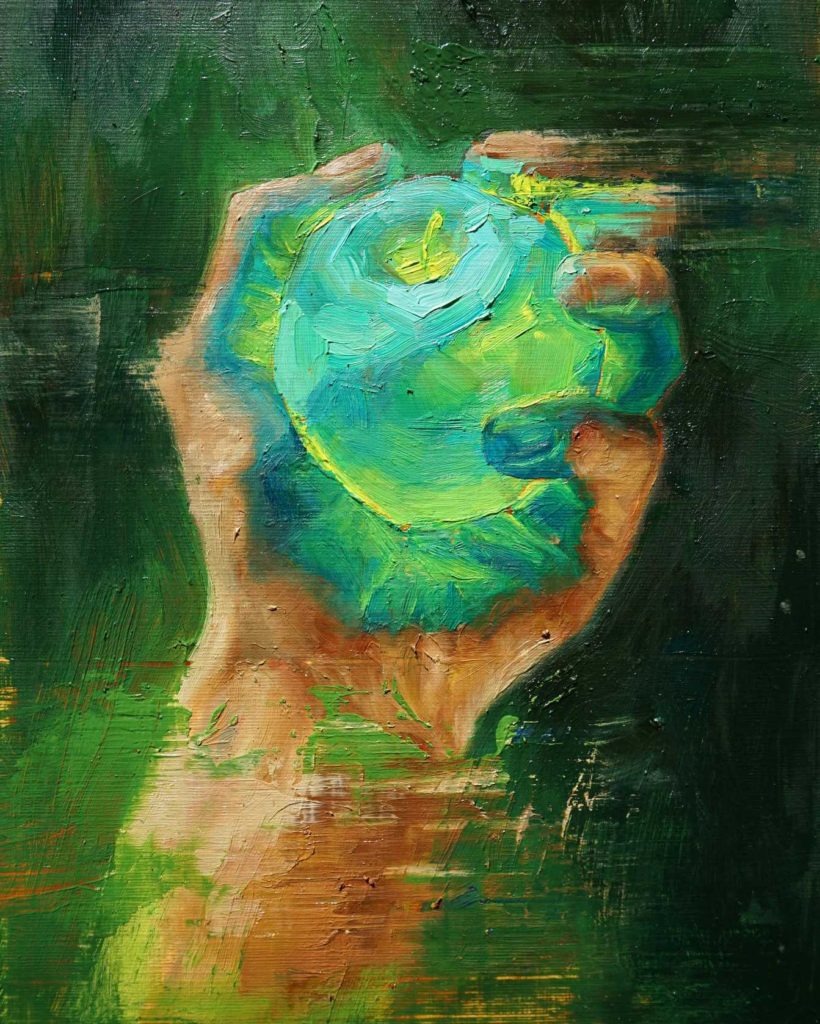
Why art?
It is the most sufficient and efficient medium for me to make my voice heard. I went to a boarding school in the UK when I was young. I hadn’t much friends and my family was back at home in Hong Kong. It was difficult for me to communicate as my English was terrible. The only thing I had was my paint and brushes. I would lock myself in and work on my art everyday after school, whilst other kids would be playing outside. I was never bored of it. I had the need to create and that passion still drives me today. It keeps me happy and content.
What is an artistic outlook on life?
For me, this means making things without any instructions from others. As opposed to how most businesses are ran, it is about recognizing the fact that you’ll never know if what you do is going to work or not. It is not based on maths, statistics or market research. It is about creating the next, the unique, and unpredictable. It’s about believing in every bit of the process wholeheartedly with your soul, failure after failure. Simply because you have no other choice but to create. The alternative would be to be a clog in the machine, making or doing things that have worked before and trying to replicate that time after time. I think that makes everything you do uninspiring and hollow. True Art – with a capital A – is never average. It pierces through a sea of noise and it creates an impact. In short, it’s about overcoming failures and knowing that there’s an opportunity for success within those attempts.
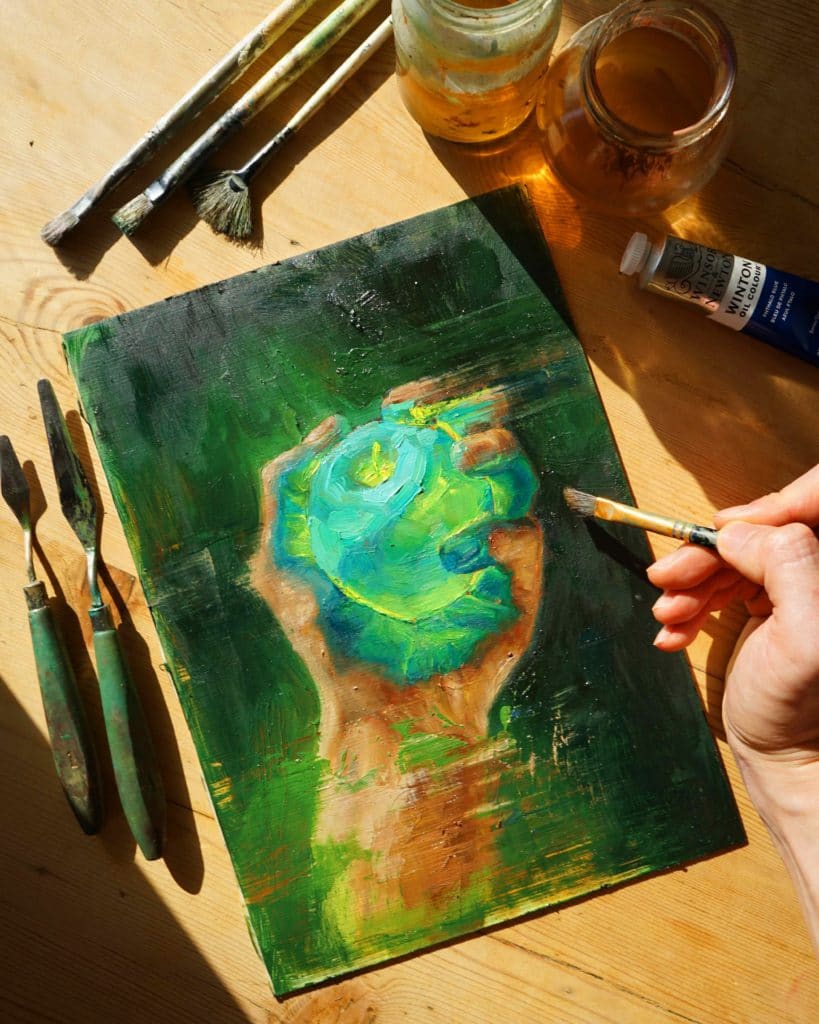
What memorable responses have you had to your work?
That I have inspired others to pursue making art and developing an interest in the story that I am telling with my art.
What food, drink, song inspires you?
I recently became a vegan, so I would say sustainable food. For a person from Hong Kong (known as a food heaven), this decision was a huge sacrifice. But knowing that our food consuming habits is the number one reason for global warming and is destroying our planet, it was a no brainer.
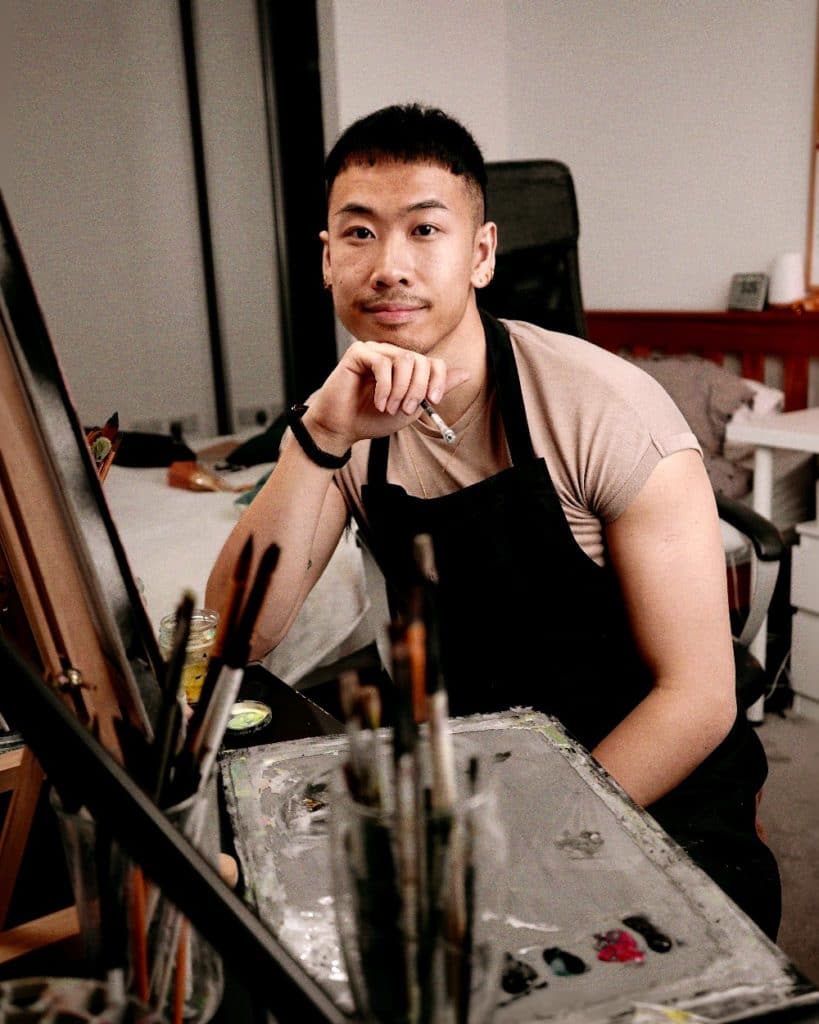
Every time I listen to ‘Marry the night’ by Lady Gaga, it reminds me that I am so lucky to be doing what I am doing. The song is about confronting the darkest part (the night) of your life, accepting and committing to it (to marry). It is a mantra for not giving up despite all odds.
Is the artistic life lonely? What do you do to counteract it?
Absolutely, but only if I allow it to be. The way I counteract it is to be mindful of it, accept that my mind feels that way and actively do something about it. I’ve been reading up on spirituality and practicing to be more centered. Simply put, it’s about being conscious of the activities within your consciousness. Noticing that what you feel in your mind has a lot to do with what you feel in your heart, and if you don’t let go of what makes you feel lonely, it will stay with you or grow, if you keep it in your heart.
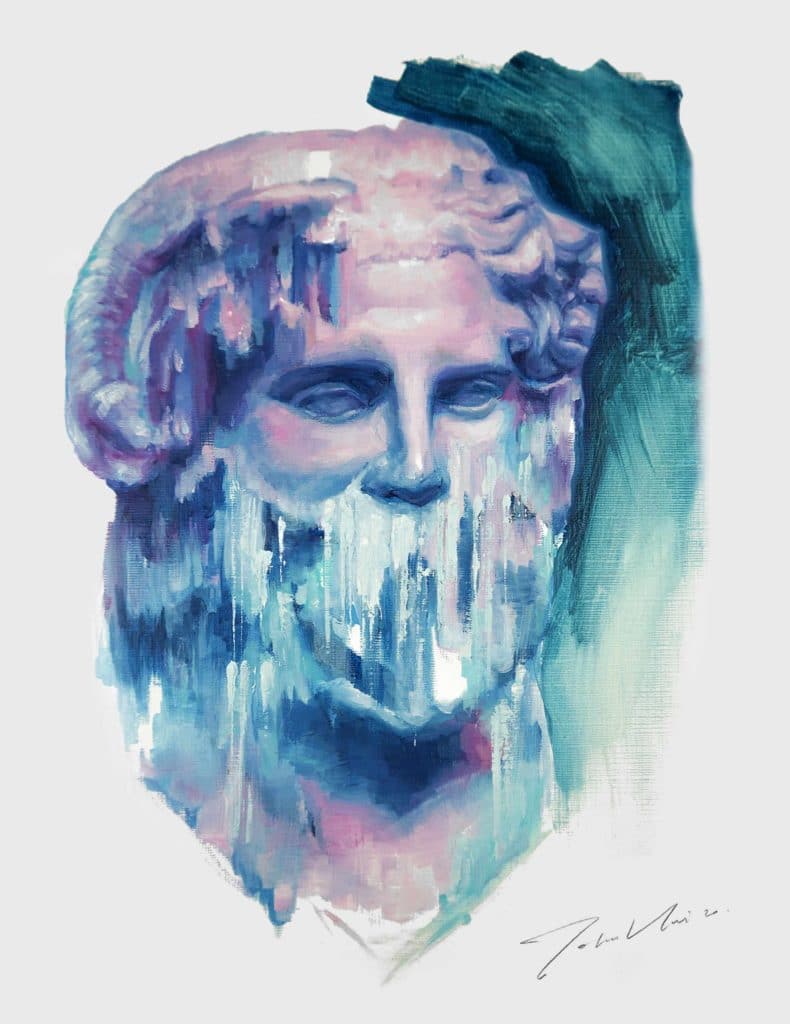
What I like to do is reaching out to friends or people I don’t know in the creative industry and initiate different projects, e.g. doing live sessions on Instagram and work on collaborative projects. It keeps me from thinking that no one cares about what I do. But remember, no one owes you a response. Everyone is busy doing their own thing; no reply doesn’t mean they don’t care about you as a person.
What do you dislike about the art world?
I think the term ‘art world’ is changing. It used to be institutional, but now we also have an art scene on the internet, namely social media and now the NFT art platforms. But in general, I think that we can be more supportive towards each other before we decide who is good and who is not based on any immediate judgement. Icons are established overtime, not overnight.
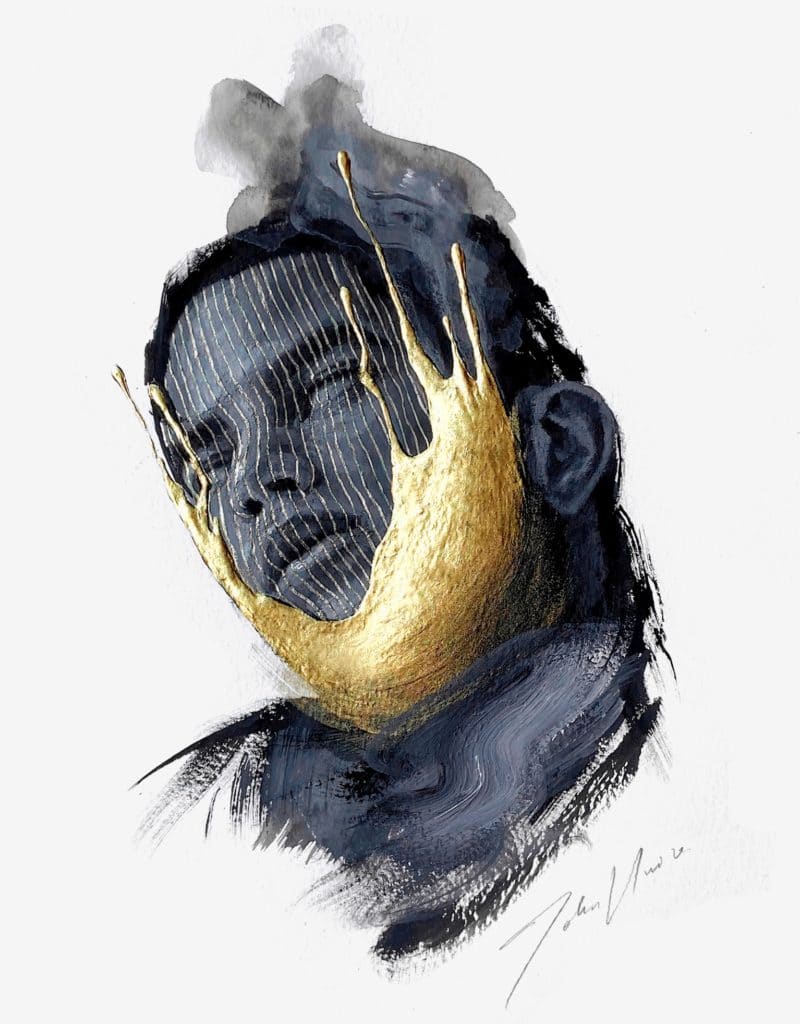
What do you dislike about your work?
That they haven’t been shown physically to the world yet! I’m ready to get out of lockdown and show the world what I’ve been making!
What do you like about your work?
The unpredictability of it. I don’t try to make works that are simply beautiful. If they are, that’s great. But what makes me fulfilled is doing things that are odd and awkward to do, and then go through the cycle of hating and loving the piece. That to me is exciting and it’s what keeps me liking what I do.
Should art be funded?
In general, yes. But it depends on who is funding it, the intention behind the funding and if there are any restrictions placed on artists. The reason is because I believe in the rebellious nature of art. A lot of artists I like often look at the capitalistic world and how the art of the past has been turned into commodities. Art is more than a product. Art is larger than life, in fact. So if the intention behind the funding is trying to make maximum profit from the arts, then I have a problem with that. However, I am all for funding that enables the artist to think big, think out of the box and with the intention to enrich culture.
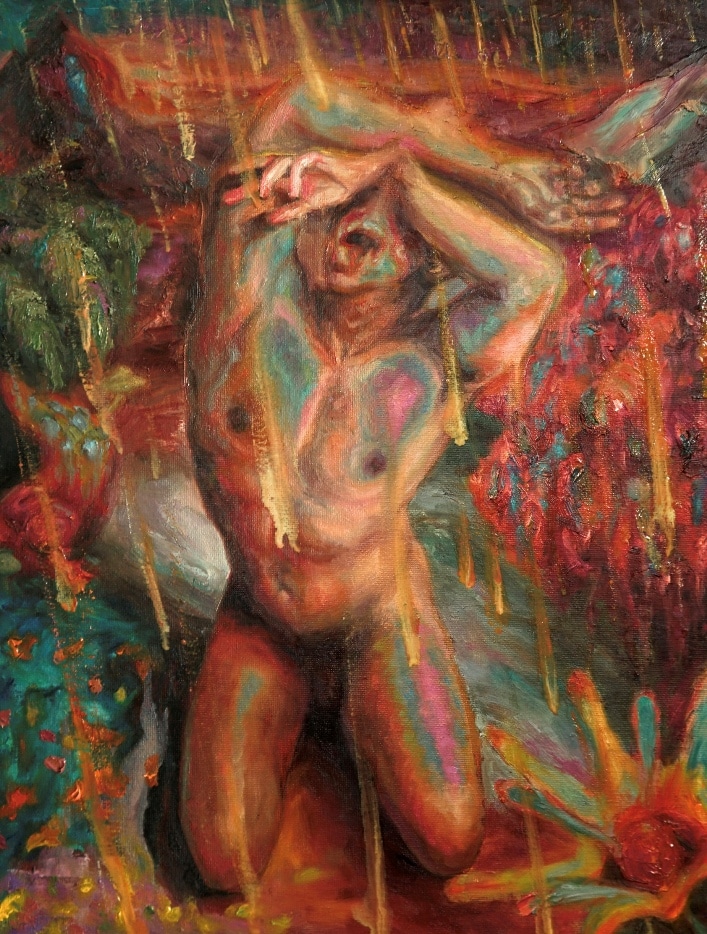
What role does art funding have?
It makes the creative life something worth pursuing for more people. It also sends a message to society saying that art is valuable and that we should respect it as much as we do other professions.
What is your dream project?
To put on an interactive exhibition with a variety of works that creates a bodily experience that makes the viewers see the world a little differently.
Name three artists you’d like to be compared to.
I think art is a personal journey, it’s a bit like life. It’d be odd for me to say whose life I would like to be compared to.
Favourite or most inspirational place?
The centre of consciousness. In this point of my life, I believe it’s where all possibilities of life come from.
What’s the best piece of advice you’ve been given?
It was said differently but the advice essentially says ‘artist block is fear of failure in disguise; it’s a fear of making bad work.’ I’ve been listening to Seth Godin (a marketing genius) a lot lately and I have adapted a lot of his advice into my mindset. I still have that fear of failure but I can get over a lot easier than before because the only way to succeed one time is to fail a hundred times. (Not to the exact numbers but you get the point!)
Professionally, what’s your goal?
To make a positive impact on our world regarding the subject matters I am dealing with in my work. In terms of my career, I would like to be represented by a gallery that I respect and reach out to people who respect the arts and believe in it’s potential.
Future plans?
Continue to make art that upholds the philosophies that I have mentioned and make impacts on a larger scale.




